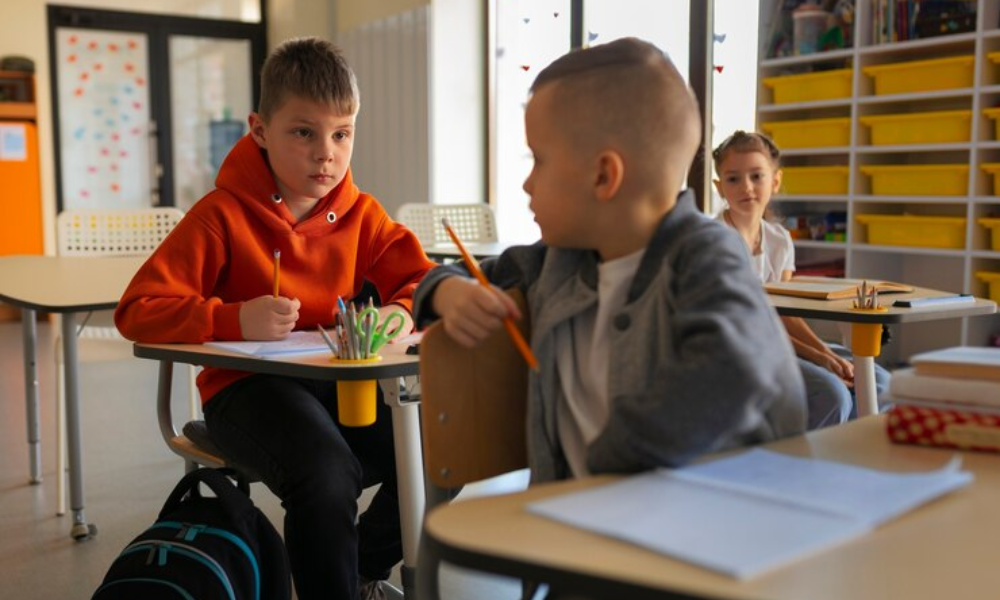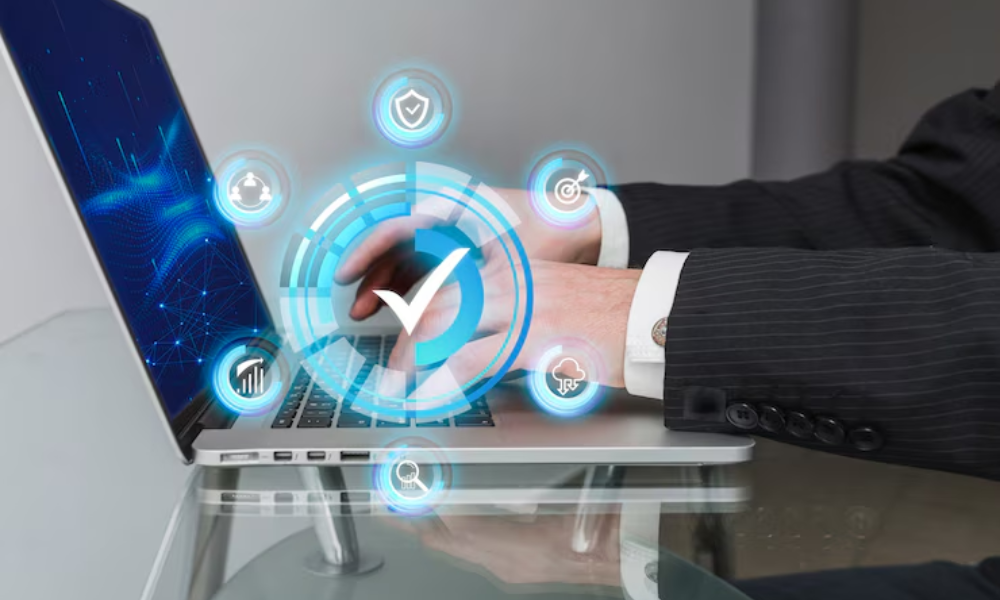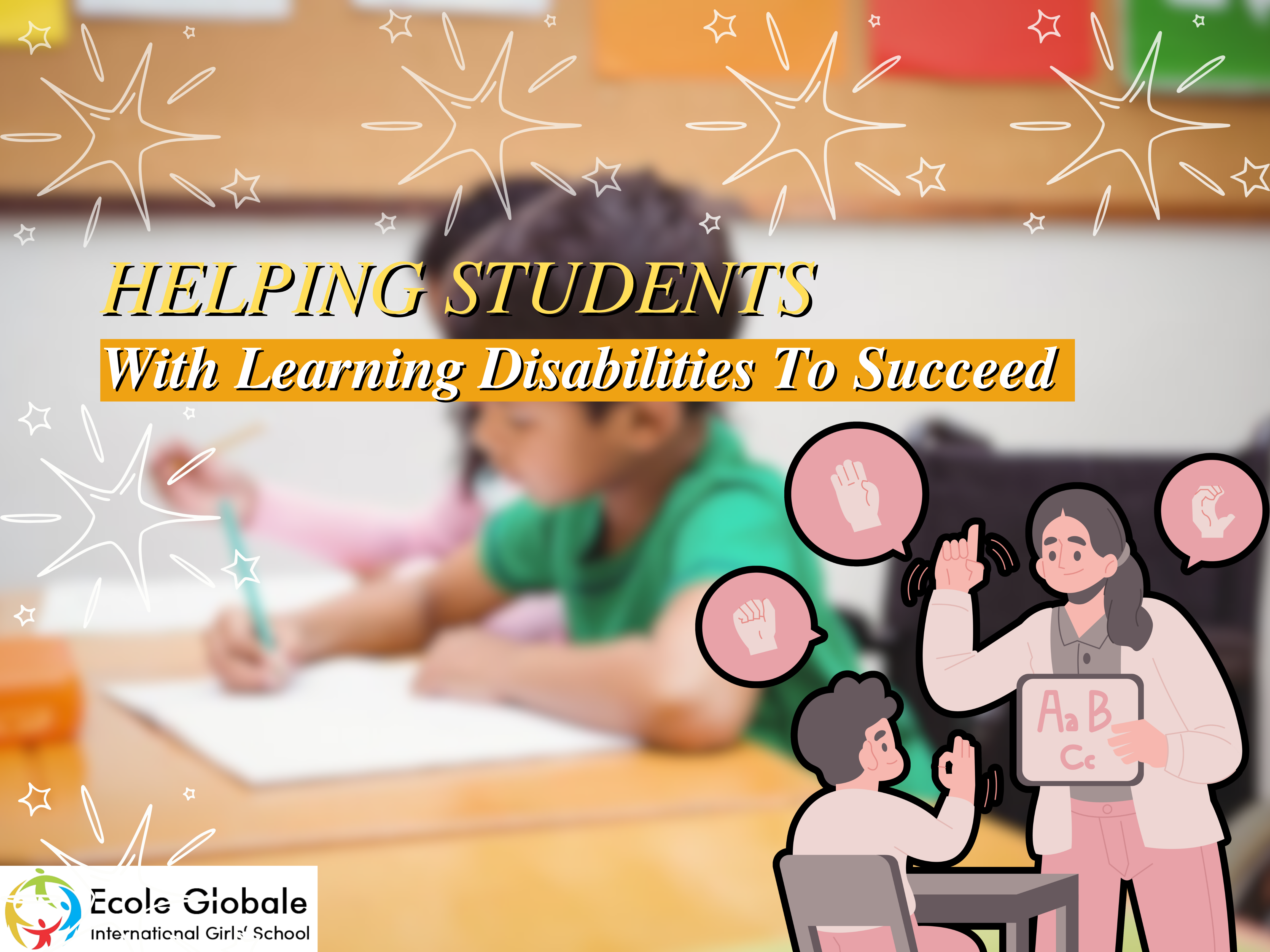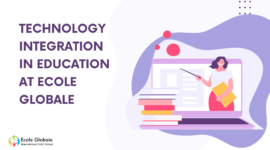Every individual possesses a unique set of skills and interests, which shape their learning capabilities. However, the traditional classroom environment can be particularly challenging for students with learning disabilities. Recognizing and addressing these challenges is crucial for their academic and personal success. This article explores strategies to support students with special needs, drawing insights from leading sources in the field.
Understanding Learning Disabilities

Students with learning disabilities (LD) often face difficulties in acquiring basic skills or academic content due to issues in understanding or using spoken or written language. These challenges can impact their ability to read, write, spell, think, speak, listen, or perform mathematical tasks. Common learning disabilities include:
Dyslexia: Difficulty with reading
Dysgraphia: Difficulty with writing
Dyscalculia: Difficulty with math
Developmental Aphasia: Difficulty with language acquisition
Importance of Early Recognition and Intervention

Participate in Early Screening
Early screening and recognition of learning disabilities can significantly enhance a student’s educational experience. Identifying these issues early allows educators and parents to implement targeted strategies to support the child’s learning process. Key steps include:
- Regular assessments: Frequent evaluations help in identifying learning difficulties early.
- Collaboration with specialists: Accurate diagnosis often requires working with educational psychologists or other specialists.
- Designing inclusive curricula: Tailored educational plans that accommodate diverse learning needs are essential.
- Developing Individualized Education Plans (IEPs): Customized plans that set specific, measurable goals for students based on their unique needs.
Individualized Education Plans
Individualized Education Plans (IEPs) are critical for addressing the specific needs of students with learning disabilities. An IEP outlines personalized goals and the support required to achieve them. Benefits of IEPs include:
- Customized learning strategies: Teaching methods that align with the student’s strengths and weaknesses.
- Regular monitoring and adjustment: Continual assessment and modification of teaching approaches.
- Enhanced motivation and self-esteem: Students can see their progress and feel more confident.
Both competitors emphasize the importance of individualized and intensive instruction. Our article integrates these strategies to highlight their effectiveness.
Enhancing Accessibility in the Classroom

Increase Accessibility
Providing the necessary resources and aids can greatly improve the academic performance of students with learning disabilities. Some effective measures include:
- Visual aids and graphic organizers: Tools that help students organize and understand information.
- Assistive technologies: Devices like speech-to-text software and audiobooks.
- Physical accommodations: Adjustments such as wheelchair accessibility and adaptive seating.
Educating Teachers and Staff

Educate Academics and Employees
Educating teachers and school staff about learning disabilities is vital for creating an inclusive learning environment. Training programs should cover:
- Recognizing various types of learning disabilities: Understanding the different ways disabilities can manifest.
- Implementing effective instructional strategies: Adopting teaching methods that cater to diverse learning needs.
- Providing emotional and social support: Helping students navigate social challenges and build confidence.
Competitor articles emphasize teacher training and the use of evidence-based instructional practices. Our article highlights these points while also stressing the importance of ongoing professional development.
Utilizing Technological Resources

Utilize Technological Resources
Technology offers powerful tools to support students with learning disabilities. Some useful technologies include:
- Voice-to-text software: Helps students with writing difficulties express their ideas.
- Visual presenters: Tools that help in presenting information in a clear and organized manner.
- Educational apps: Applications designed to reinforce learning concepts in an engaging way.
Creating an Inclusive Environment

Foster Inclusive Learning
An inclusive classroom environment ensures that all students, regardless of their abilities, feel valued and supported. Strategies to promote inclusivity include:
- Collaborative learning activities: Group projects and activities that foster teamwork.
- Peer support programs: Initiatives where students help each other learn and grow.
- Anti-bullying policies and initiatives: Ensuring a safe and respectful learning environment for everyone.
Incorporating real-life examples and success stories of students with learning disabilities can make the content more relatable and inspiring for readers.
Conclusion
Education is a fundamental human right, and students with learning disabilities should not be deprived of it. By implementing early screening, developing individualized education plans, enhancing accessibility, educating teachers, and utilizing technology, we can create a supportive and inclusive learning environment. This holistic approach ensures that all students have the opportunity to succeed and reach their full potential.
Frequently asked question
Q1: What are common types of learning disabilities?
A1: Common types include dyslexia (reading difficulties), dysgraphia (writing difficulties), dyscalculia (math difficulties), and developmental aphasia (language acquisition difficulties).
Q2: Why is early recognition of learning disabilities important?
A2: Early recognition allows for timely interventions, tailored educational plans, and better academic outcomes for students with learning disabilities.
Q3: What is an Individualized Education Plan (IEP)?
A3: An IEP is a personalized plan that outlines specific learning goals and support strategies tailored to a student’s unique needs.
Q4: How can teachers make classrooms more accessible for students with learning disabilities?
A4: Teachers can use visual aids, assistive technologies, and provide physical accommodations to enhance accessibility.
Q5: Why is teacher training important for supporting students with learning disabilities?
A5: Teacher training equips educators with the knowledge and skills to recognize learning disabilities and implement effective teaching strategies.









